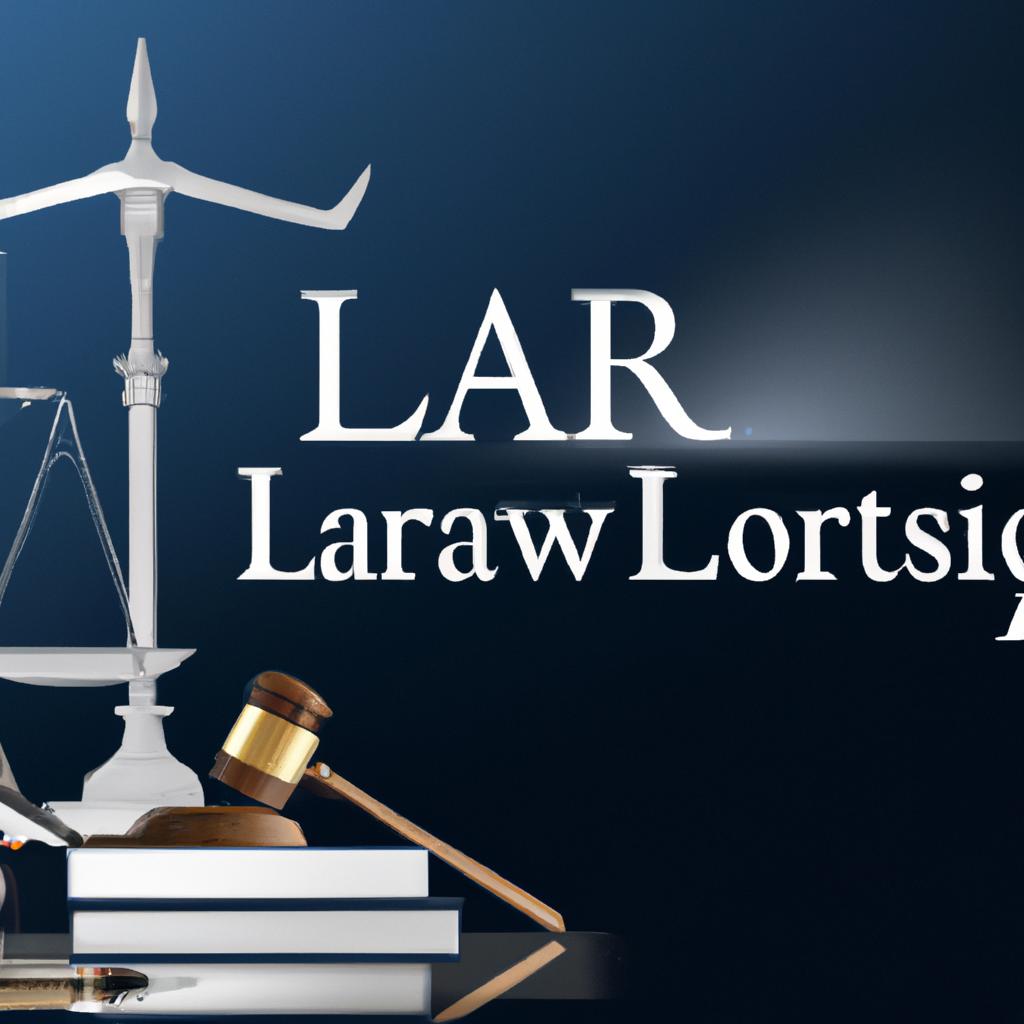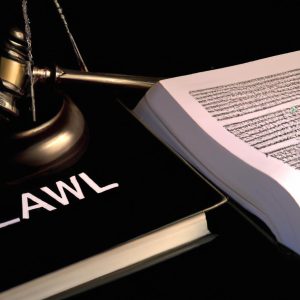Introduction
Personal injury claims can be complicated. Each state has its own laws, principles, and procedures as well as potential loopholes that can impact your claim. Here in New York, understanding the particulars can be the key between a successful claim and missed opportunities. In this article, we at Morgan Legal Group take you through the intricacies of personal injury laws as they apply within the New York State so that you are aware of your rights and can successfully make your claim.
Understanding Personal Injury Law
Firstly, it is important to understand what personal injury law encompasses. As per New York State Law, personal injury law refers to cases where a person is injured physically, emotionally or mentally due to someone else’s negligent or intentional conduct. This covers a wide range of scenarios including car accidents, slip and falls, medical malpractice, and even defective products.
Navigating New York’s Personal Injury Law
Statute of Limitations
In New York, you must file a personal injury claim within three years from the date of the injury. If missed, you lose your right to compensation. Exceptions to this rule are cases involving government entities and medical malpractice, where the deadline differs.
No-Fault Insurance Laws
New York operates under the ‘no-fault’ rule, which states that after an auto accident, the injured party’s own insurance company covers their medical expenses and lost wages, regardless of who was at fault.
Pure Comparative Negligence Rule
New York observes the rule of pure comparative negligence. If you are partly at fault for the accident, your compensation would be reduced by your percentage of fault. This means even if you were 90% at fault, you could still recover 10% of your damages.
Maximize Your Personal Injury Claim
Further to know the rules, it’s important to strategize your steps to maximize your personal injury claim:
- Contact a personal injury attorney: Expert guidance from seasoned attorneys like us at Morgan Legal Group ensures you navigate the legal process correctly.
- Preserve evidence: The jury makes decisions based on the evidence presented. So, preserve any photos, videos, medical records, and witness testimonies.
- Seek medical treatment: Document your injuries and follow through with medical treatments right after the accident to substantiate your claim.
- Be careful with your words: Do not admit fault or make any statements about the accident without consulting with your attorney.
Conclusion
Navigating the legalities of personal injury law in New York can be overwhelming, especially when dealing with an injury. By understanding the intricacies of this area of the law, and with the right legal aid, you can make your claim journey smoother and improve the odds of achieving a successful result. At Morgan Legal Group, we are committed to serving our clients with expertise and compassion, guiding them toward a successful claim amidst these legal complexities.












